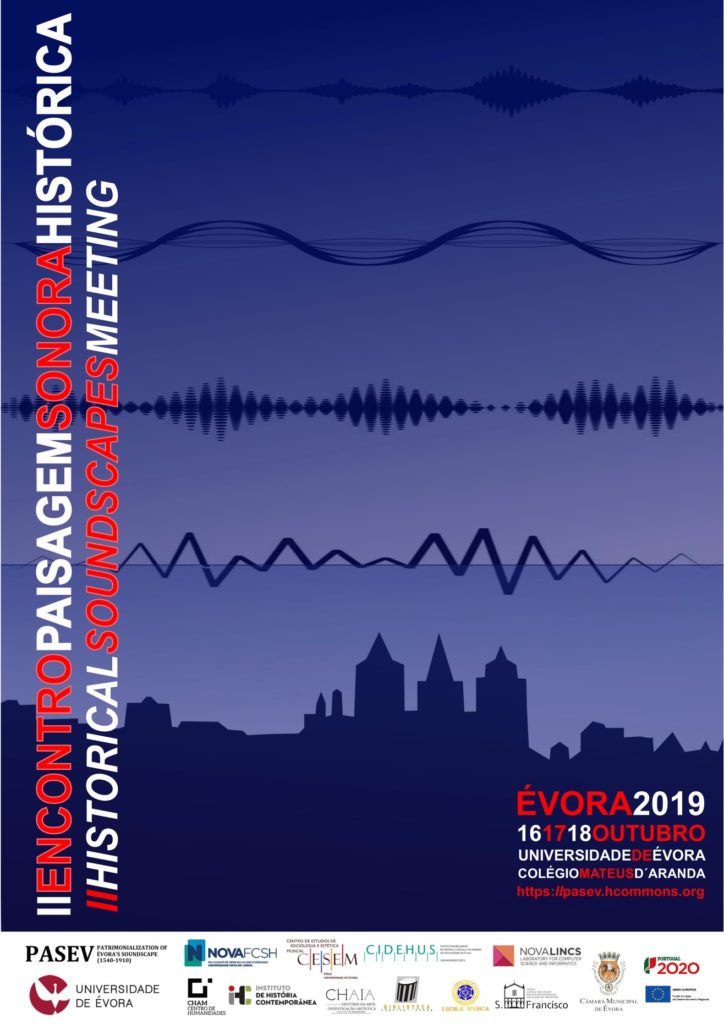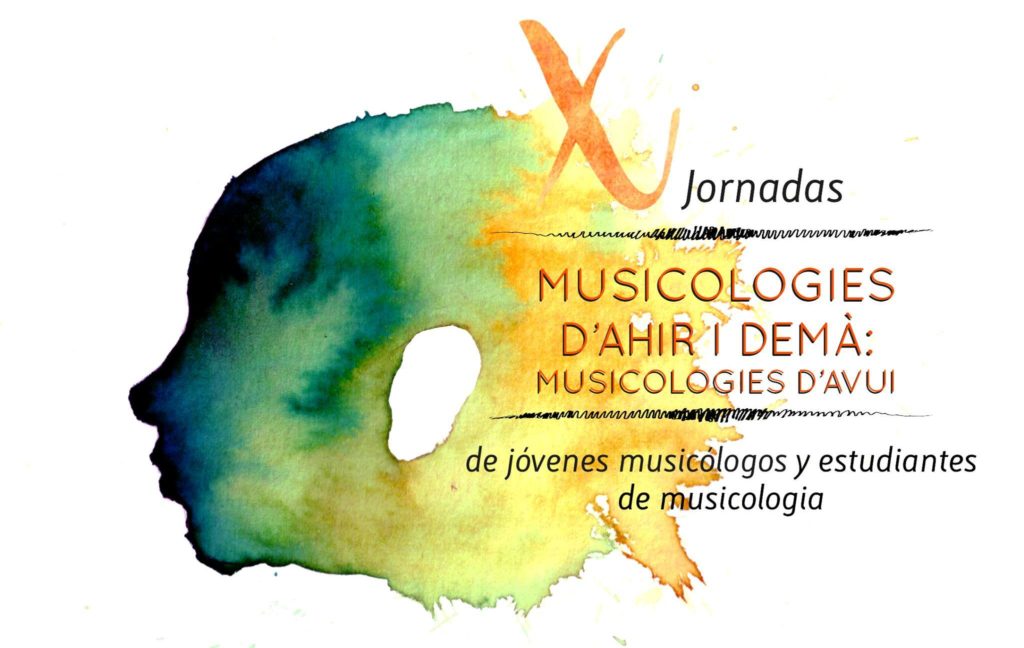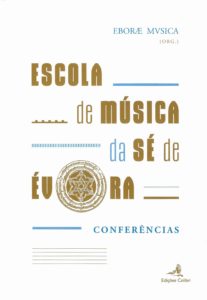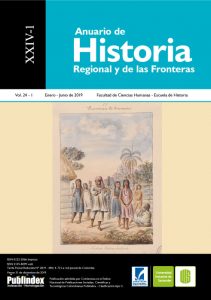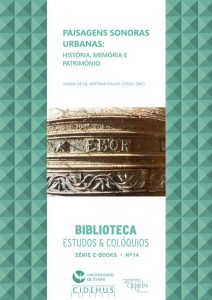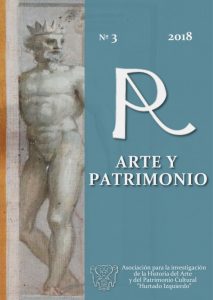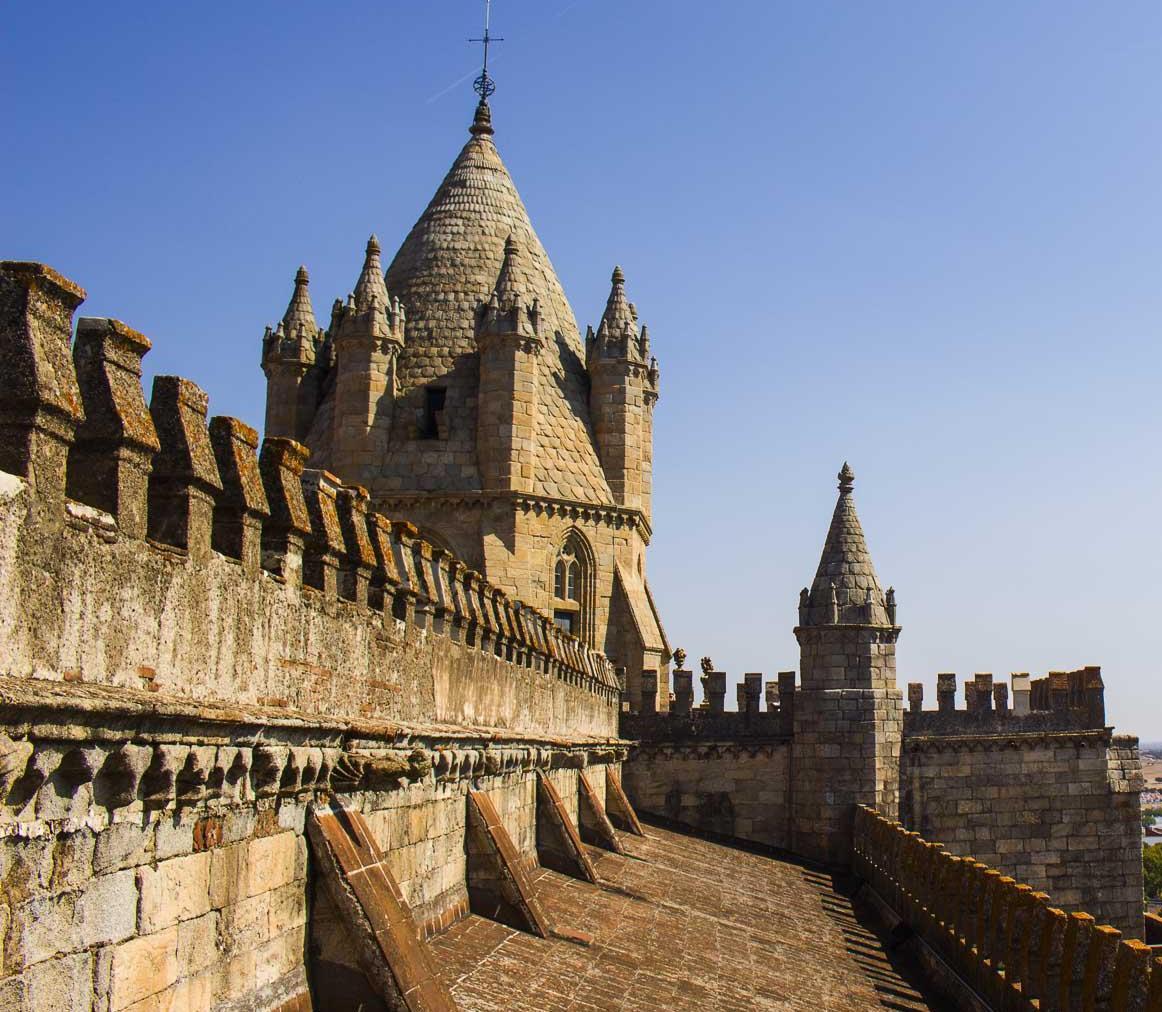
LATE PORTUGUESE POLYPHONY
THE PROBLEM OF CONTINUITY IN THE SACRED WORK OF DIOGO DIAS MELGAZ AND PEDRO VAZ REGO
This page presents the research and materials produced during my PhD project at the University of Évora (2015-2022) focusing on the problematic of continuity in the sacred vocal music of the composers active at Évora Cathedral Diogo Dias Melgaz and Pedro Vaz Rego. It comprises participation in scientific events, published texts, and outreach activities, as well as other media resources, such as videos and music editions, produced during the period.
❧ Abstract
LATE PORTUGUESE POLYPHONY
THE PROBLEM OF CONTINUITY IN THE SACRED WORK OF DIOGO DIAS MELGAZ AND PEDRO VAZ REGO
Évora Cathedral was one of the most important centres of musical activity in Portugal since the beginning of the 16th century until the first decades of the 19th century. There, a polyphonic practice was established in the 16th century that was continued in the 17th century. While for the first half of this century that continuity has been well studied, several gaps arise with respect to its practice during the second half of the 17th century. Departing from the musical work of two composers and chapel masters of Évora Cathedral – Diogo Dias Melgaz and Pedro Vaz Rego -, this thesis intends to contribute to a better understanding not only of the problematic of the polyphonic continuity in the musical work of these two composers, that coexists with a style markedly baroque, but also to a better understanding of the role and dimension that polyphony continued to have in the Cathedral’s musical activity during the second half of the 17th century.
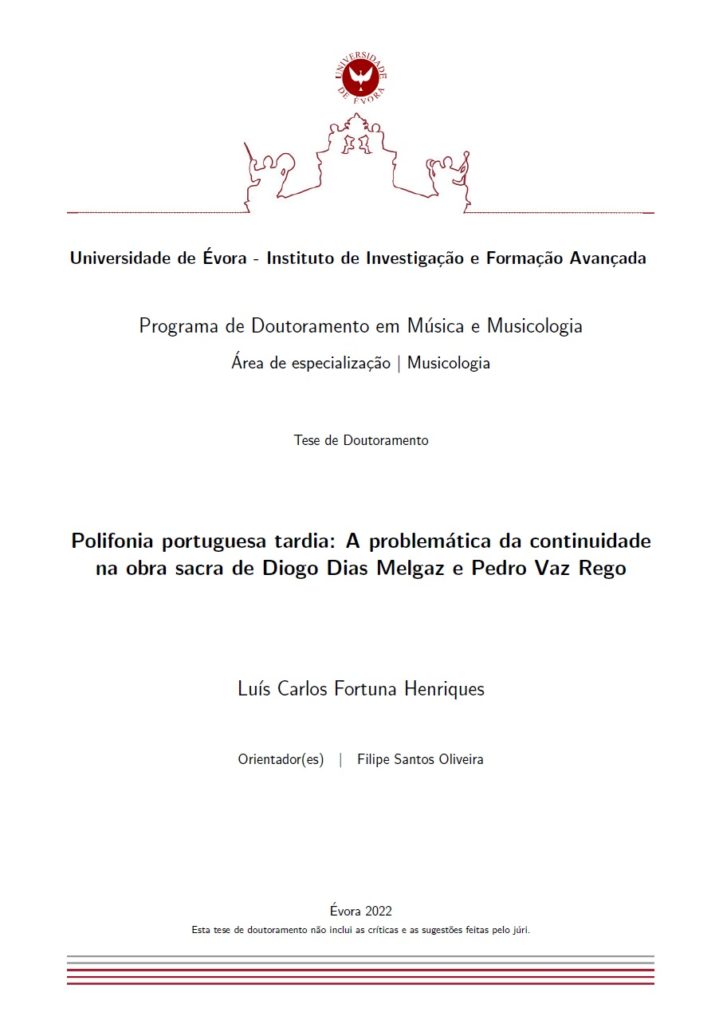
❧ The Composers

Diogo Dias Melgaz was born in Cuba in 1638 and died in Évora in 1700. He entered the Évora Cathedral choirboys school around 1647 or 48 and stayed in the Cathedral’s music service until his death. He became the master of the Claustra in 1663 and was probably appointed as chapel master around 1678.
Pedro vaz Rego was born in Campo-maior in 1673 and died in Évora in 1736. He was Reitor of the choirboys school and, for some time, also accumulated the post of master of the Claustra. He became chapel master retaining this post until the 1730s when he retired from the post of master of the Claustra.
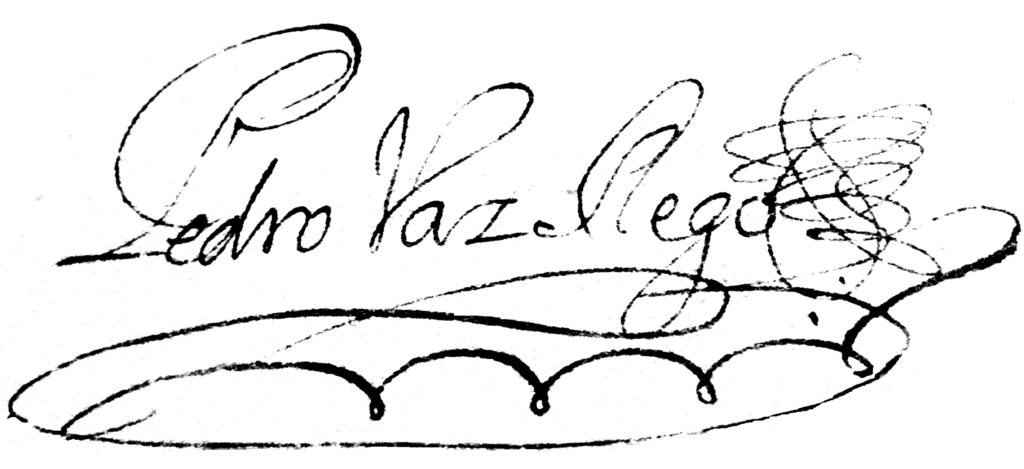
PRODUCTION & ACTIVITIES
CONFERENCE PAPERS
A Novena para a Festa de S. Joseph de Pedro Vaz Rego e a atividade musical na Catedral de Évora na primeira metade do século XVIII
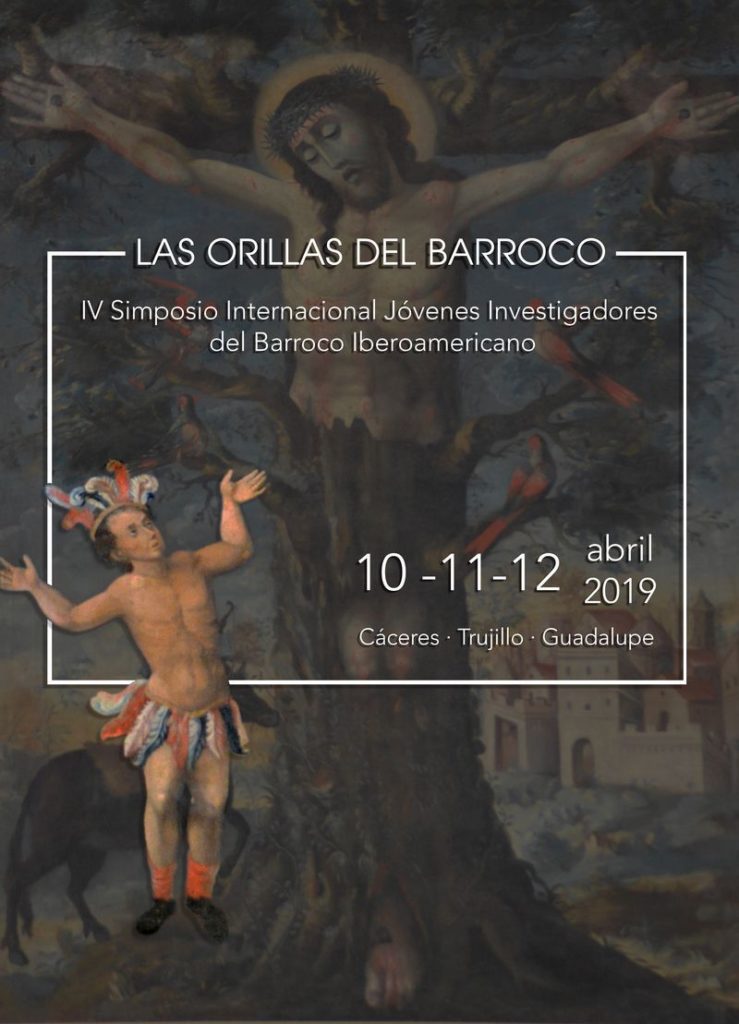
A música na Catedral de Évora no limiar de setecentos: Aspetos de transição na obra de Diogo Dias Melgaz e Pedro Vaz Rego
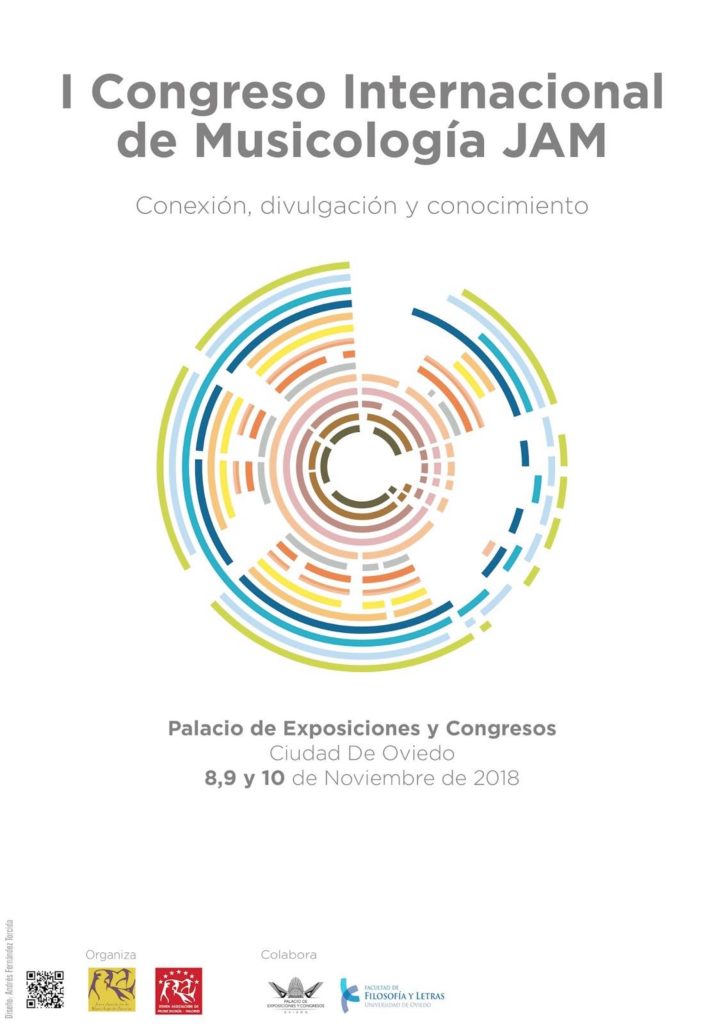
Portuguese text insertions in early-eighteenth-century Latin musical works of Évora Cathedral
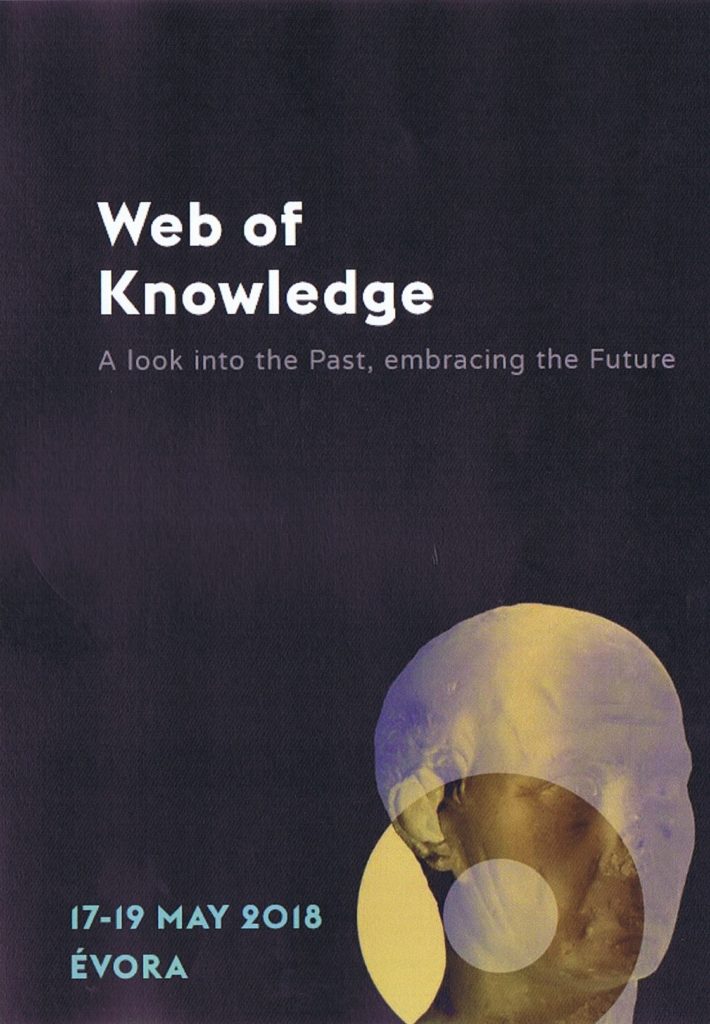
The Circulation of Palestrinian Polyphony in the South of Portugal during the Eighteenth Century: The Repertories of Évora, Elvas and Vila Viçosa
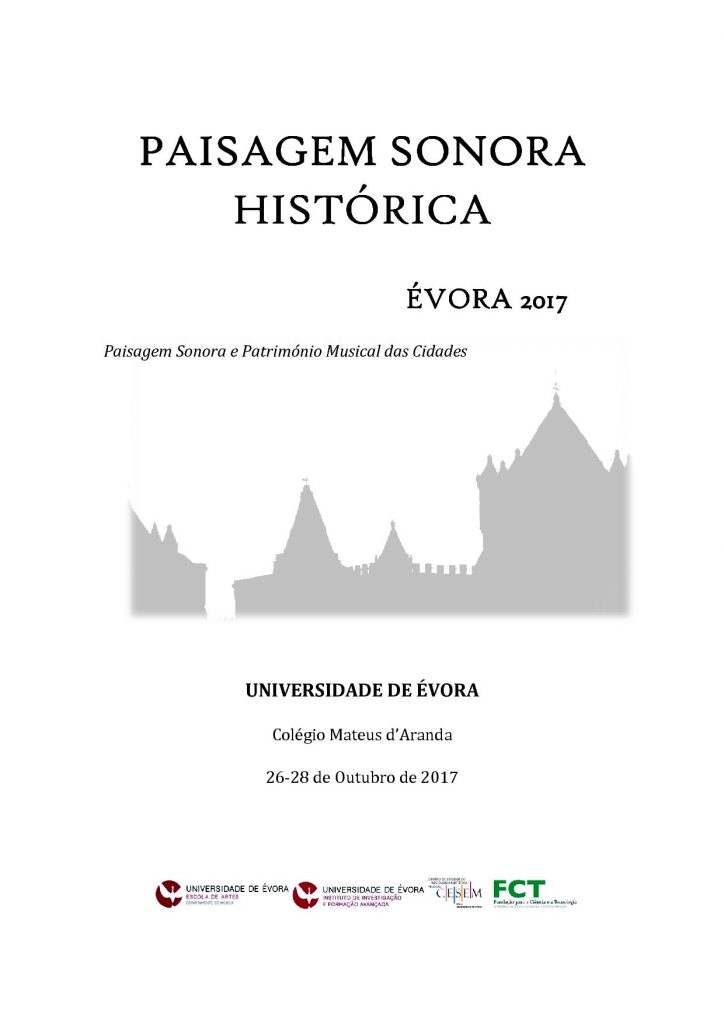
Recordare, Virgo Mater: devoção musical mariana na Sé de Évora no século XVIII
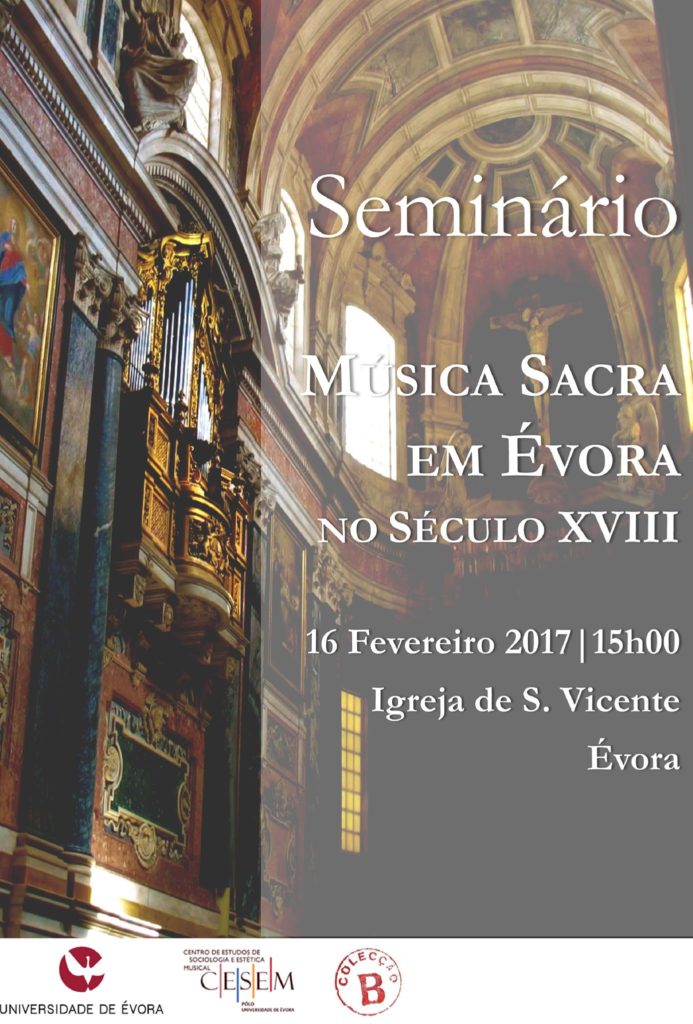
Música vocal na Sé de Évora no século XVIII: A continuidade polifónica na música para a Semana Santa
ACTIVITIES
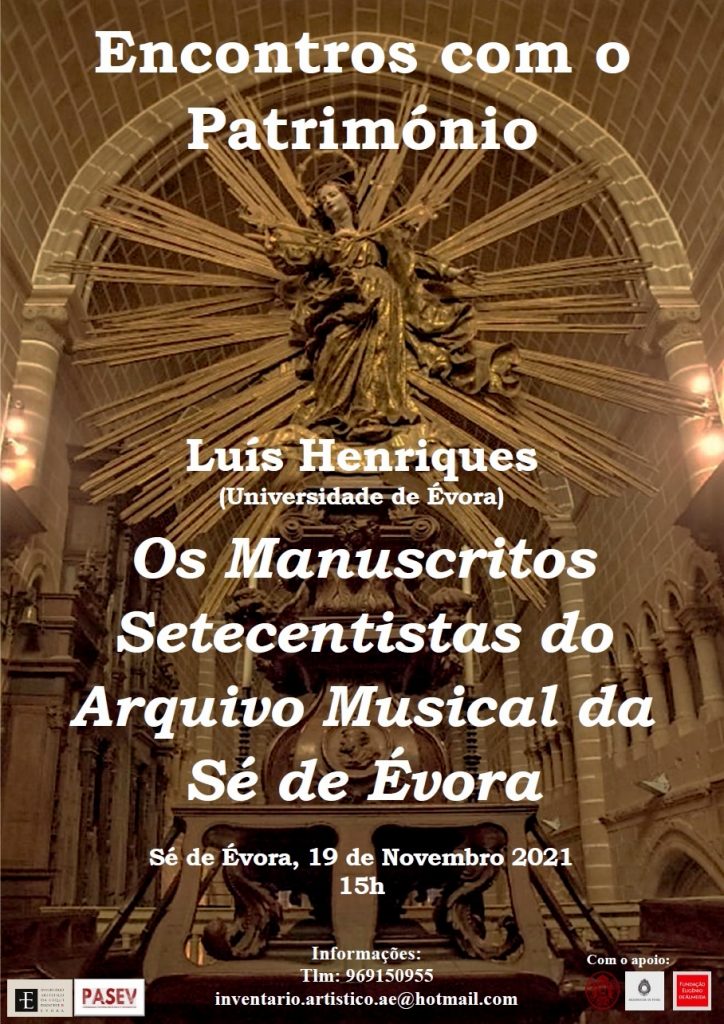
Os Manuscritos Setecentistas do Arquivo Musical da Sé de Évora
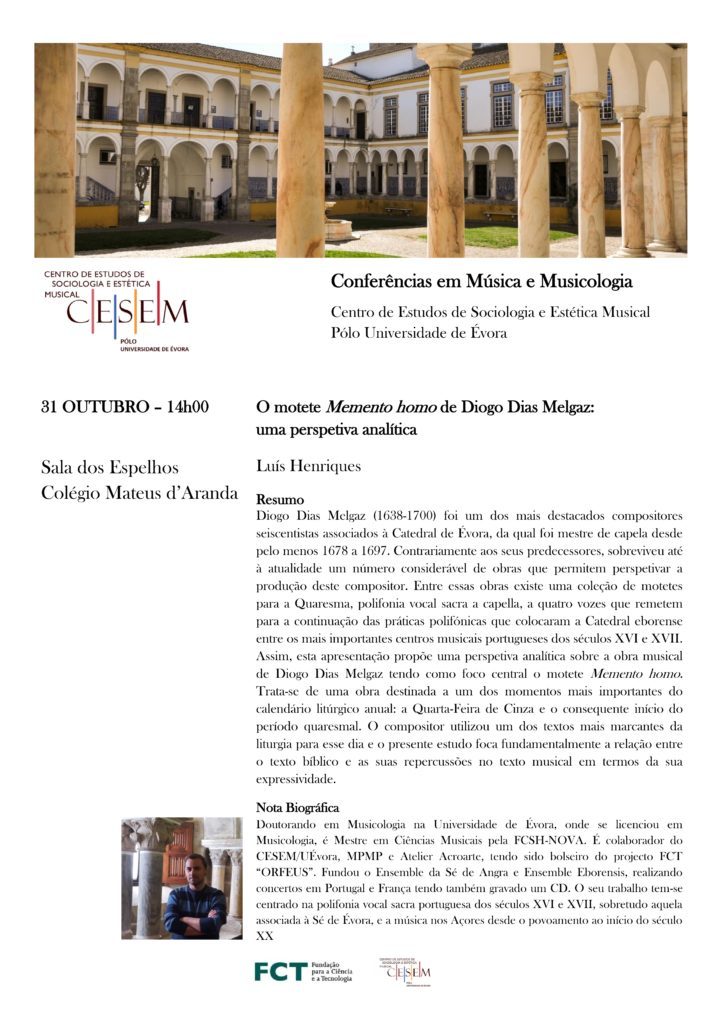
O motete Memento homo de Diogo Dias Melgaz: uma perspetiva analítica
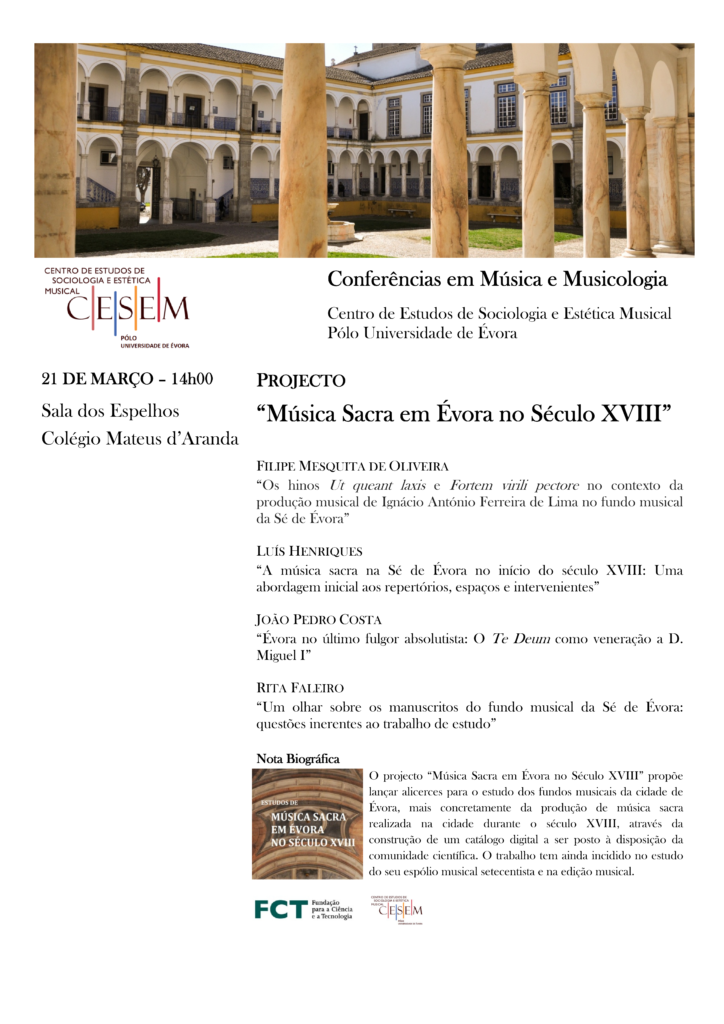
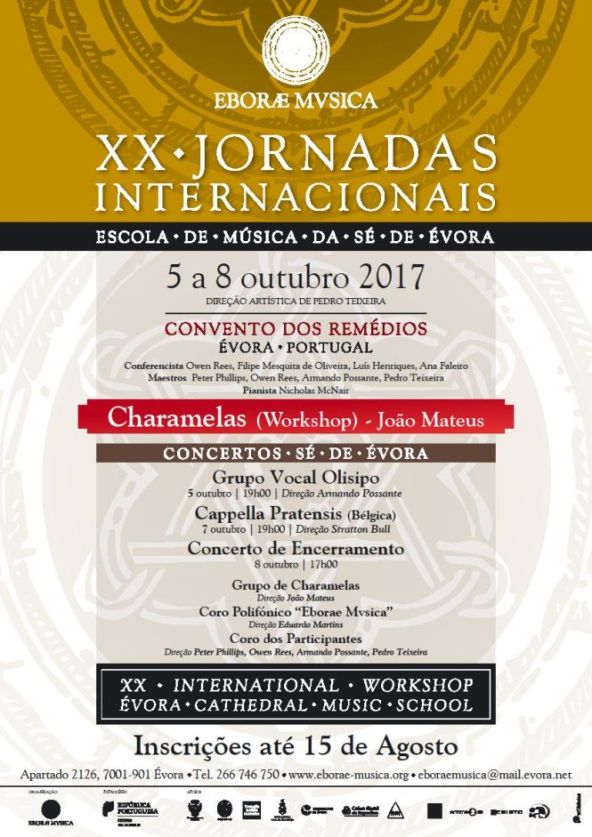
Continuidade da prática de polifonia na Catedral de Évora no século XVIII
PUBLICATIONS
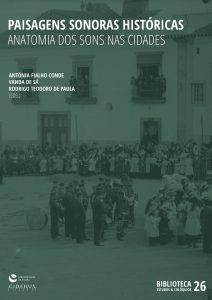

Gallery
The PhD project Polifonia portuguesa tardia: A problemática da continuidade na obra sacra de Diogo Dias Melgaz e Pedro Vaz Rego was funded by the FCT – Fundação para a Ciência e Tecnologia with the reference SFRH/BD/131505/2017






